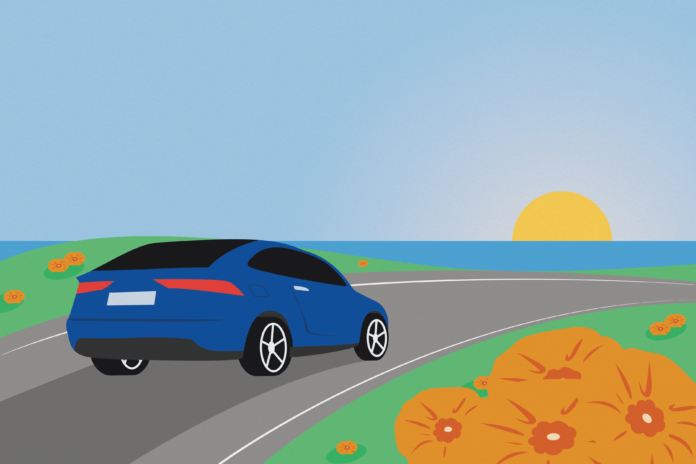Recent study finds the oligosaccharides in pomace could contribute to intestinal health
Chardonnay pomace, which is the solid remains of wine grapes after juicing, has been found to increase health benefits in humans, according to a study written by a food science research team at UC Davis.
Oligosaccharides are a type of carbohydrate characterized by 3-10 simple sugars linked together. Chardonnay pomace (or marc) consists of the seeds, flesh and skin of the grapes that are classified as waste and benefit one’s health. The bioactive compounds responsible for the health benefits were uncovered through a seed extract.
The pomace has been identified to be a product of winemaking that is about 30% of the grape’s original mass. Along with having health benefits, Chardonnay pomace can also be an ingredient for making grape seed oil, a source of food for livestock, and can be used to produce alcoholic beverages such as grappa.
Dr. Daniela Barile, a professor and chemist at the UC Davis Department of Food Science and Technology, was one of the authors of the study. Barile is the principal investigator of the Barile Lab, an analytical chemistry lab that focuses on identifying small molecules in food with a bioactive function. According to Barile, having a bioactive function means that the molecules are not in the food for nutritional purposes, such as calories, but are beneficial for health like feeding the bacteria in a gut.
Amanda Sinrod, the lead author on the published paper and a master’s candidate and graduate student researcher in the Barile Lab, led the carbohydrate portion of the research.
This consisted of conducting a gross characterization of the grape marc to find the protein, fiber, fat and total carbohydrates, including analyzing the medium-sized carbohydrates called oligosaccharide compounds. Sinrod partnered with the Wang Lab, led by Dr. Selina Wang in the food science department at UC Davis. Dr. Wang’s lab manager, Xueqi Shirley Li, MS, Food Science and Technology, conducted the phenolics research.
The main finding of the study was that Chardonnay marc has other properties besides being extremely rich in phenolics, which are well-studied health compounds. These phenolics have antioxidant, anti-cancer and anti-inflammatory properties, according to Sinrod.
According to Sinrod, the researchers also discovered that the Chardonnay pomace has really diverse and complex oligosaccharides that could potentially improve gut health by encouraging good bacteria to grow.
Since wine is a major industry in California, a large quantity of grape marc is being produced each year. These grape marcs are filled with bioactive compounds that could benefit human health and help feed people.
“Food waste is a tremendous issue that the food industry is facing right now,” Sinrod said.
The research started in this study is going to continue for another year. Now the researchers have a method to fractionate the two types of bioactive compounds, phenolics and oligosaccharides.
“The next step is to analyze one fraction of purified oligosaccharides, another fraction of phenolics and then study the two together in vitro in collaboration with microbiologists in our department […] and understand what is the contribution of oligosaccharide and phenolics,” Barile said.
Written by: Francheska Torres — science@theaggie.org



